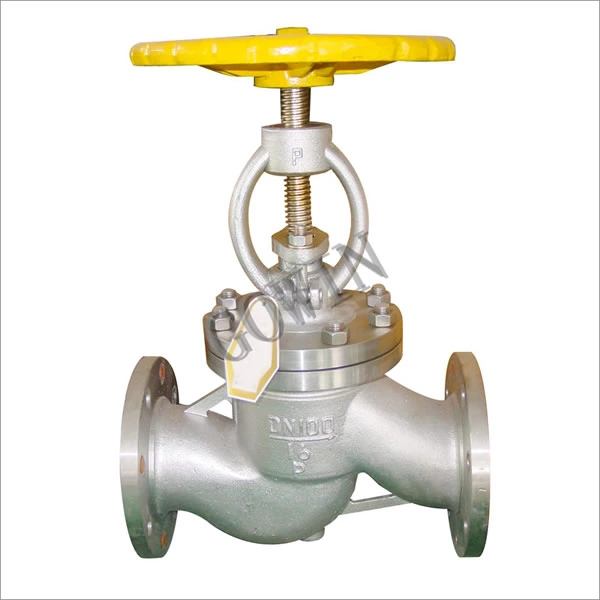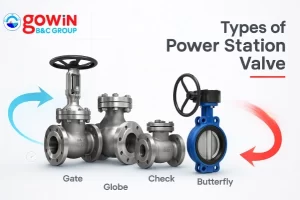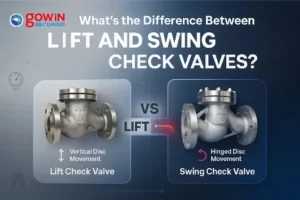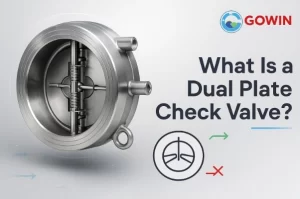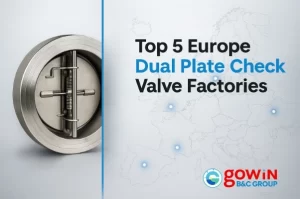Table of Contents
ToggleWhen it comes to automated systems, choosing the right valve isn’t just about on/off control—it’s about how precisely you can manage flow.
Both the electric globe control valve and the electric control ball valve are used in electric flow control setups, but they behave very differently once automation kicks in.
Let’s compare how each valve performs when paired with an electric actuator—looking at control accuracy, speed, adjustability, and how well they hold up over time.
Quick Comparison: Globe vs. Ball Valve for Electric Actuation
Before we get into the details, here’s a quick overview of how the electric globe control valve compares to the electric control ball valve in key areas that matter for automated systems:
| Feature | Electric Globe Control Valve | Electric Control Ball Valve |
| Control Accuracy | High – ideal for fine adjustments | Moderate – better with v-port designs |
| Response Speed | Slower but more stable | Faster, can overshoot at low flow |
| Adjustable Range | Wide – great turndown ratio | Narrower – better suited for on/off |
| Wear Resistance | More sensitive to erosion and dirt | More robust under frequent cycling |
| Best Use Case | Precision flow control | Fast shutoff or coarse flow adjustment |
Each valve has a clear strength depending on the goal: tight control or quick action. In the next sections, we’ll dive into how they behave once installed in real-world electric flow control setups.
Precision-engineered industrial globe valves for reliable flow control in high-demand applications. Available in multiple configurations including manual, carbon steel, forging, and flange types. Built from durable materials like carbon steel, copper, and stainless steel for oil & gas, chemical processing, water treatment, and power generation industries.
Explore ProductAccuracy and Throttling Performance
If your system needs precise control at varying flow rates, the electric globe control valve is the stronger option. Its linear motion and tighter flow path make it one of the best industrial valves for throttling, especially in low-flow conditions. It reacts smoothly to actuator signals, giving fine-tuned adjustments without jumping or lag.
In contrast, the electric control ball valve—with its quick quarter-turn movement—isn’t naturally designed for throttling. It tends to open too fast at low flow, making control less stable. However, a v-port ball valve offers better modulation. The V-shaped opening provides a more controlled flow curve and can get closer to globe valve performance in some applications.
If control accuracy is the priority, globe wins. If you need decent control without sacrificing speed or cost, a v-port ball valve is a solid middle-ground option.
Response Speed and Control Stability
When paired with an actuator, both valves respond quickly—but they behave differently once movement begins. The electric control ball valve is faster by design. Its quarter-turn motion means it can shift from closed to open in a flash. That speed is useful for rapid shutoff but can cause overshooting in fine control scenarios.
The electric globe control valve responds more gradually. Its linear motion allows for smoother transitions, which is ideal for stable flow regulation. This is especially valuable when you’re managing pressure-sensitive or multi-zone systems using an electric flow control valve.
In short, if fast response is your priority, ball valves win. But for stable, low-noise adjustments without sudden jumps, globe valves offer better control.
Adjustable Range and Fine-Tuning Flow
Globe valves offer a much wider adjustable range, also known as turndown ratio. That means they can control very small flow rates with accuracy and still handle higher flows without losing precision. This makes the electric globe control valve a go-to for systems that demand tight control across a broad range.
Ball valves, on the other hand, have a narrower range of control. Standard designs are more suited to basic open/close duties. However, a v-port ball valve improves this with a specially shaped opening that allows for more linear flow control and better performance at midrange positions. You can explore the difference between trunnion and floating ball valve designs to see how construction affects performance.
If your process requires precise tuning at both low and high flows, globe valves are the safer bet. But if you need moderate control with simpler mechanics, a v-port ball valve can be a strong compromise.
Long-Term Wear and Maintenance
Over time, wear and tear can affect how well a valve maintains control accuracy—especially in systems that cycle frequently or handle abrasive media.
The electric globe control valve has more internal contact surfaces. While this gives better control, it also means higher exposure to erosion, especially in dirty or high-velocity flows. Parts like the stem and seat may need more frequent checks or replacements in demanding applications.
The electric control ball valve is generally more rugged. Its rotary design is better at handling slurry, scale, or frequent open/close cycles. That’s why it’s often favored in systems where durability and minimal maintenance are key.
In high-cycle or dirty flow systems, ball valves tend to last longer with less upkeep. But in clean, well-regulated environments, globe valves can stay accurate for years if properly maintained.
Which Electric Valve Is Best for Your System?
If your priority is precision, stable adjustments, and tight flow control across a wide range, the electric globe control valve is the better choice. It’s ideal for systems that need smooth modulation and accurate performance under changing conditions.
If you’re looking for faster response, less maintenance, and solid control for basic or high-cycle operations, an electric control ball valve might be a better fit. And if you need something in between, the v-port ball valve offers improved control without giving up the speed and durability of a traditional ball valve.
Every system has different needs. Consider the media, flow conditions, and how often the valve will be adjusting—not just opening or closing.
Electric Globe Control Valve: Summing It Up
The right choice between a globe and ball valve depends on how precise your control needs are and the conditions of your system.
The electric globe control valve offers better accuracy and fine control, while the electric control ball valve delivers faster response and lower maintenance. When you need both control and durability, a v-port ball valve offers a good compromise.
Let GOWIN help you select a valve that delivers long-term performance with less maintenance. Talk to us today.
Resources
- What is a Valve Actuator? – Control Engineering
- Introduction to Ball Valves – Bray International, Inc.


